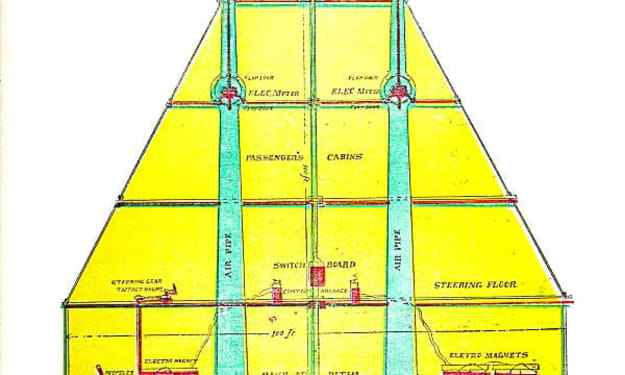Documentation:The Precious Balance
Earth's Ancient Landscape of Half Land and Half Water

Throughout the countless millennia of Earth's geological chronicles, a period occurred when the planet boasted an extraordinary and magnificent topography, comprising fifty percent land and fifty percent water. The Devonian Period, which spanned around 419 to 359 million years ago, witnessed the establishment of a delicate equilibrium between the Earth's oceans and continents. This environment would have a profound impact on the development of life on our planet in the future.
The Devonian Ballet of Oceans and Continents
Throughout the Devonian Period, substantial geological changes occurred on Earth. Once grouped together in a supercontinent known as Gondwana, the continents initiated a gradual process of separation. This intricate interplay of landmasses resulted in the formation of vast, shallow waters and interconnected waterways that spanned vast regions.
During their motion towards their present-day locations, the continents eroded basins and generated vast low-lying regions. These regions developed a complex network of bodies of water, which varied in size from shallow oceans to expansive inland lakes. The outcome was an awe-inspiring mosaic—a canvas upon which water and land existed in perfect harmony.
The Time of the earliest forests and fish
Throughout the Devonian Period, life on Earth underwent significant evolutionary advances. The oceans, brimming with an assortment of marine organisms, were where jawed fish emerged as forerunners in the evolutionary arms race. Having acquired formidable canines and enhanced sensory organs, these fish emerged as the preeminent predators in their respective aquatic environments.
Concurrently, the Devonian environment observed the advent of the initial flora that inhabited the land. Primitive plants, which were both uncomplicated and groundbreaking, signified the inception of terrestrial ecosystems. The moist, low-lying areas fostered an optimal habitat for the rapid growth of these pioneering plants, thereby establishing a foundation for the development of intricate terrestrial ecosystems.
An Emergence of Tetrapods
Amid the emeralding vegetation and aquatic ballet, a critical juncture in the annals of Earth's history transpired: the metamorphosis of certain fish into tetrapods, which are terrestrial vertebrates with four legs. This transition signified a significant alteration in the evolutionary course of life, as organisms initiated an investigation and exploitation of the extensive prospects offered by the semi-aqueous, aquatic environment.
The Devonian seas functioned as a critical environment and a developing environment for these early tetrapods. An intriguing assortment of species that adapted to a dual existence—using appendages to navigate the waters while experimenting with the possibility of locomotion on land—is revealed by fossil evidence. This groundbreaking expedition from the realm of water to the land established the groundwork for the subsequent abundance of terrestrial life.
The Heritage of Diversity in Devon
The final days of the Devonian Period bequeathed an Earth adorned with an unparalleled array of life forms. The equilibrium between land and water had facilitated the development of an extensive array of life forms, including the earliest arthropods to inhabit the land. The existence of such a wide range of species influenced the evolutionary path of life on our planet.
The once-delicate interplay between land and water in these regions has since transformed into the intricate ecosystems that are now acknowledged. The Devonian Period is commemorated in the fossil record through the vivid tints that emerged from evolutionary innovation, which once adorned the Earth's canvas.
Subtle Reflections of the Past
Although the particular environmental and geological circumstances of the Devonian Period have since diminished, remnants of this antiquated topography continue to reverberate in our surroundings. Life's resilience and ingenuity are exemplified by the interdependence of land and water, the coexistence of varied ecosystems, and the evolutionary imperative for adaptation—a heritage that has endured for millions of years.
The proverb that the Earth is half land and half water serves as a poignant reminder of the interdependence of all living things as we navigate the contemporary world. This statement encourages individuals to value the fragile equilibrium that maintains life on Earth and emphasizes the significance of comprehending and conserving the complex interplay of ecosystems that have molded our familiar surroundings. The Devonian Period, characterized by its awe-inspiring topography, serves as a testament to the tenacity and flexibility of life—a heritage that persists in the continuous chronicle of the planet.
About the Creator
Enjoyed the story? Support the Creator.
Subscribe for free to receive all their stories in your feed. You could also pledge your support or give them a one-off tip, letting them know you appreciate their work.






Comments
There are no comments for this story
Be the first to respond and start the conversation.